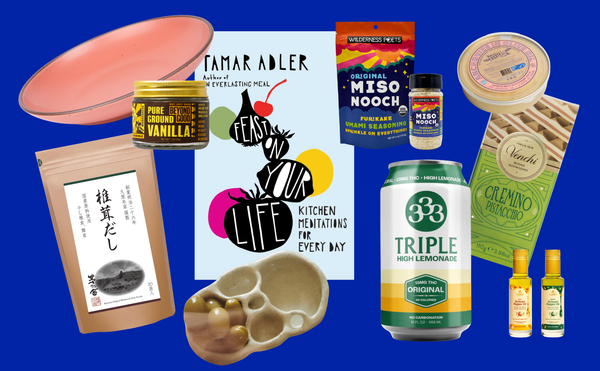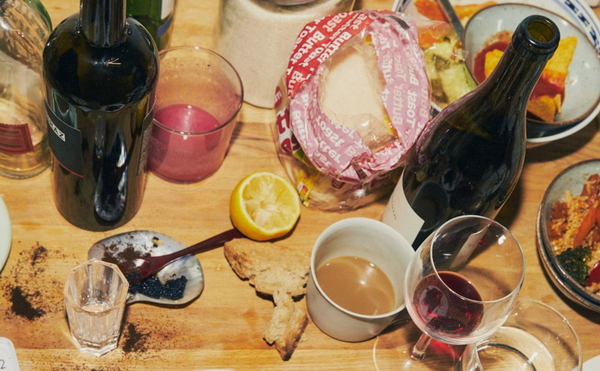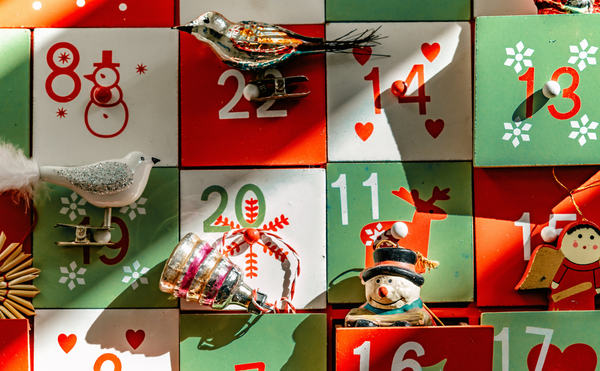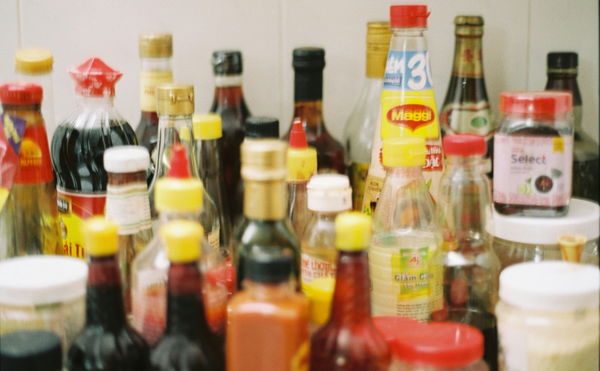Does Anyone Even Know What Amaro Is Anymore?
We’re all drinking a liqueur with an identity crisis.
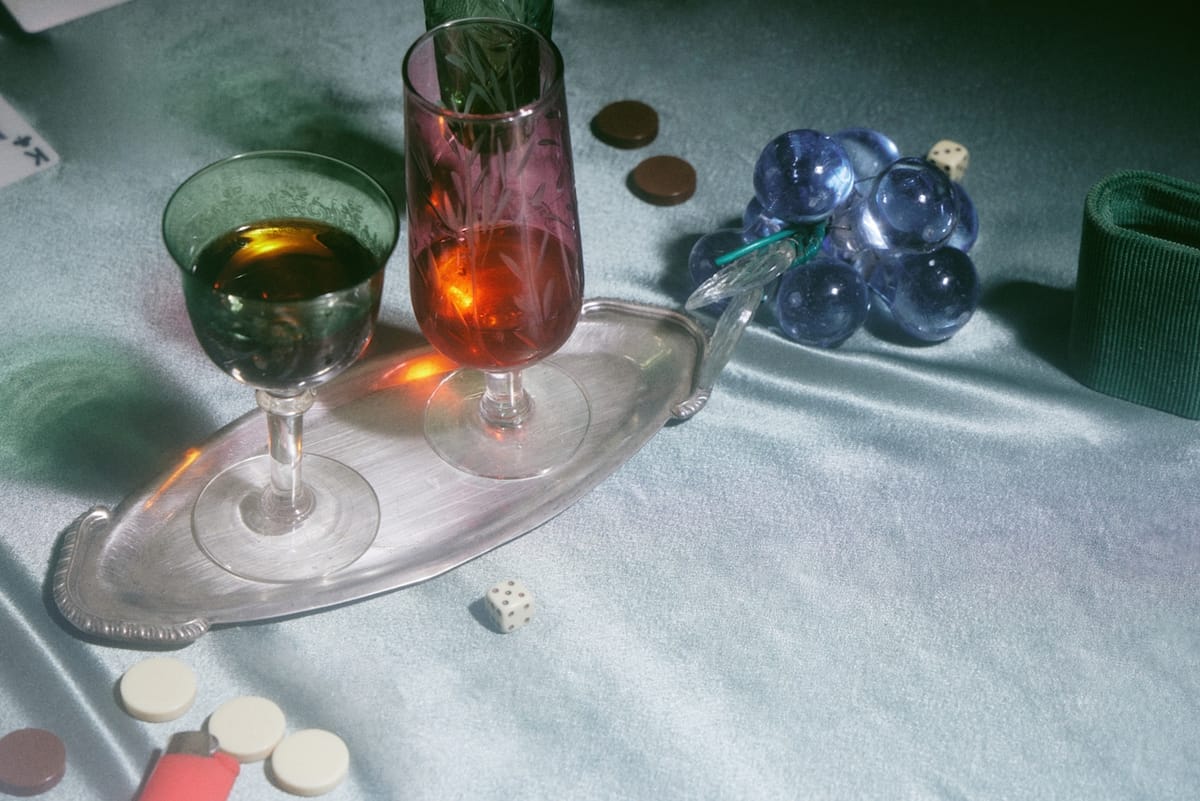
“It’s very good. It just isn’t real amaro.”
The words boomed over the din at Tokyo’s Bar Benfiddich a few months ago, where I was tasting Iseya Distillery’s Verde Amaro. Grown behind the distillery’s century-old farmhouse in Japan’s Kanagawa Prefecture, the wormwood-forward spirit was clearly inspired by Alpine liqueurs like Centerbe, Génépy, or Chartreuse, its fresh-picked herbs glowing green in the bottle. Yet at only 30% ABV, with more than enough sugar to dull its edges, it lacked their tannic, intoxicating punch.
The voice of the skeptic belonged to Daniele Cancellara, the affable bar manager from Rasputin — a major protagonist in Florence’s underground wave of cocktail culture.
“Amaro typically utilizes herbs and spices, and is inspired by traditional monastery recipes,” he told me. [It] is the actual definition of the product; it can’t be translated…I love [Iseya’s] whole line, but it isn’t a true amaro because the bitterness just isn’t prominent enough.”
Today, even as a reported 30% of increasingly health-conscious Americans find themselves in the midst of their “sober-curious” phase, amaro is on everyone’s lips. You’ve got amaro soda in Detroit, amaro seltzer in Montreal, and amaro pop in Asheville. There’s amaro gelato in Kentucky, amaro ice cream in Vancouver, amaro bars, amaro tasting menus, and even amaro attire. After decades of being limited to the same old classics relegated to the bottom shelf of your local dive, the bitter liqueur has finally hit the American mainstream.

